By Oladapo Bamidele — December 13, 2023
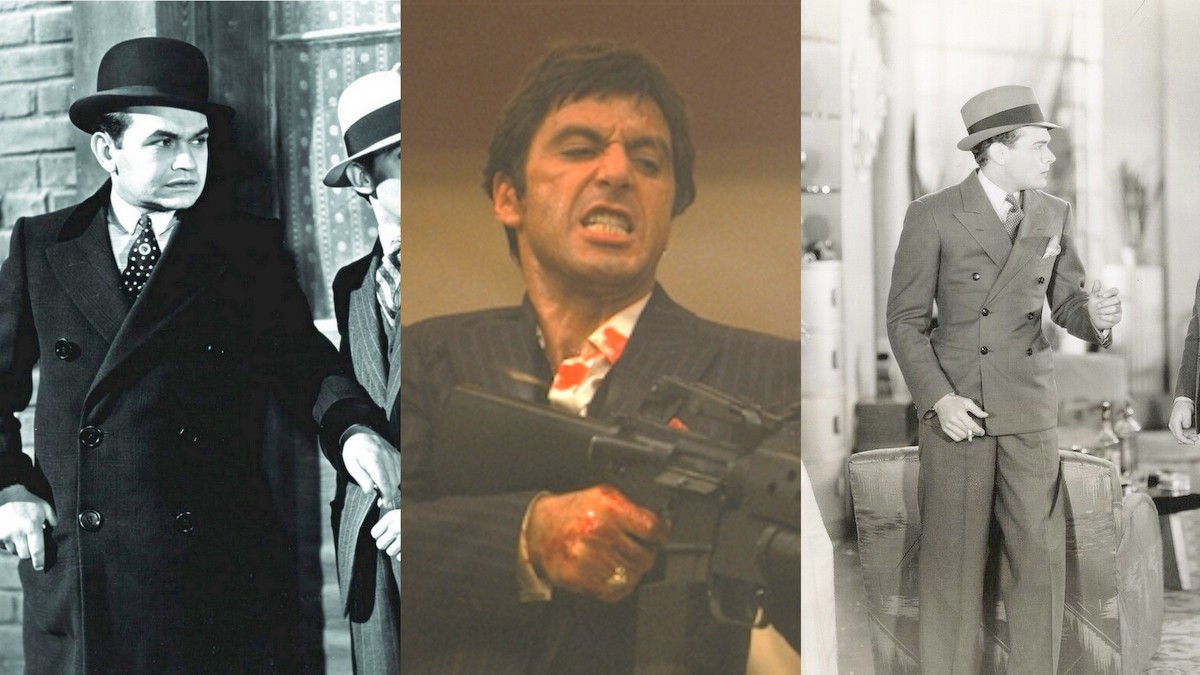
The evolution of cinematography techniques in crime and gangster films has played a crucial role in shaping the portrayal of crime and societal values on the big screen.
During the Great Depression, these films emerged as a reflection of the societal decay. And fear that traditional values would not survive the economic crisis. The portrayal of gangsters as anti-heroes in films like “Little Caesar.” Or “Scarface,” and “The Public Enemy” broke away from the morality tales of the silent era. They introduced a new archetype of American society.
These films depicted the rise of mobsters, but also sparked controversy and government intervention. This was due to their violent and influential content. The was a huge impact of gangster films on societal values. Thus subsequent enforcement of the Production Code is a testament to their significance in the history of Cinematography techniques.
Watch the trailer for Scarface (1983) shot by John A. Alonzo, and directed by Brian De Palma.
The Dawn of Crime and Gangster Films
Before the emergence of talking pictures, criminal and gangster films found their roots in the era of silent films. The silent era paved the way for numerous innovative storytelling and cinematography techniques. That would later influence the narrative style of crime films. Edwin S. Porter’s silent short western, The Great Train Robbery, stands as a notable precursor. The film introduced elements of action and suspense that would become synonymous with the genre.
The Silent Era
During the silent era, filmmakers relied on visual storytelling and expressive imagery. They used this to convey the thrilling exploits of criminals and gangsters. Without the aid of synchronized sound, these films captured the imagination of audiences. They accomplished this through the artful use of inter–titles (text that appear during a film in lieu of dialogue). Dramatic lighting, and dynamic camera movements. The absence of spoken dialogue heightened the significance of body language and facial expressions. These elements amplifying the tension and drama within these early crime narratives
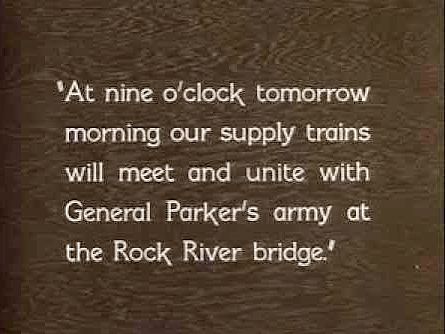
The 1930s
This era marked a significant turning point for cinematography techniques in crime and gangster films. With the advent of sound revolutionizing the cinematic experience. This technological advancement enabled filmmakers to incorporate dialogue, music, and sound effects, enhancing the immersive nature of storytelling. As a result, crime films of the 1930s embraced the auditory dimension to amplify the impact of criminal exploits. Law enforcement pursuits, and the intricate dynamics of underworld power struggles.
The evolution of sound in film allowed for greater emotional resonance. Enabling audiences to be enveloped in the atmospheric sounds of bustling city streets, screeching car chases. The ominous whispers of criminal masterminds. Furthermore, the iconic sound of gunfire and the distinct cadence of gangster vernacular became obvious. These defining elements of the auditory tapestry within these captivating narratives.
These advancements in technology and storytelling laid the groundwork for the genre’s expansion into the realms of gritty realism. Also heightened dramatic intensity, shaping the trajectory of crime and gangster films for decades to come.
For insights explore the comprehensive resource on the fascinating genre of film-noir. This exploration provides further examples and analysis of crime films, delving into their thematic depth, cinematography techniques and cinematic innovation.
Film Noir: The Dark Heart of Cinematography
Film noir is a cinematic genre known for its distinctive use of shadows and light. This is used to create a mood of mystery and intrigue. This style of filmmaking emerged in the 1940s, and 1950s, characterized by its dark and pessimistic tone. The cinematography of film noir plays a crucial role in setting the atmosphere. It captures the essence of crime and gangster narratives.
Shadows and Light
In film noir, the interplay of shadows and light is a signature visual element. It conveys the psychological complexity of the characters and the morally ambiguous nature of the narrative. The use of low-key lighting, stark contrasts, and deep shadows is employed. It creates a sense of tension and unease, adding depth to the storytelling. Shadows often obscure characters’ faces, symbolizing their hidden motives and inner conflicts. This contrast between light and shadow enhances the dramatic impact of the scenes. Immersing the audience in the ominous world of crime and deception.
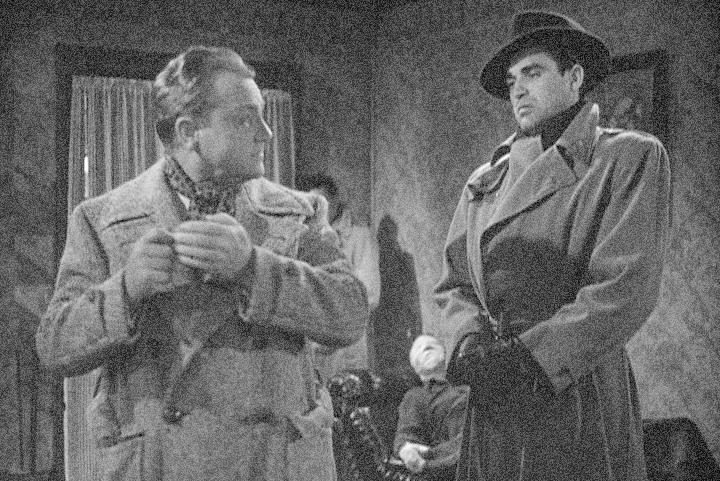
Icons Behind the Camera
Several cinematographers became iconic figures in shaping the visual aesthetics of film noir. Figures such as John Alton, known for his innovative lighting techniques, and Gregg Toland, celebrated for his deep-focus cinematography, made significant contributions to the evolution of cinematic style in crime and gangster films. Their mastery of light and composition elevated the genre to new artistic heights, influencing future generations of filmmakers and enriching the visual language of storytelling and cinematography techniques.
In the world of film noir, these visionary cinematographers played a pivotal role in defining the dark and alluring visual landscape that continues to captivate audiences to this day.
The allure of film noir lies in its ability to plunge audiences into a world of murky morality and shadowy intrigue, where every beam of light and every looming shadow serves as a visual metaphor for the complex and often dangerous lives of the characters. The interplay between light and dark becomes a character in itself, shaping the narrative and ensnaring the viewer in its captivating grip.
The New Wave Influence in the 1960s and 1970s
The New Wave movement significantly impacted cinematography in crime and gangster films during the 1960s and 1970s. This era marked a departure from traditional filmmaking techniques, embracing a raw and unpolished aesthetic that aimed to capture the gritty reality of urban life and criminal underworlds.
Breaking Rules and Shaping Realism
New Wave directors challenged conventional filmmaking norms, opting for unconventional storytelling methods and non-linear narratives. This departure from classical Hollywood cinema brought a sense of authenticity and unpredictability to crime and gangster films, effectively mirroring the chaotic nature of criminal activities. The infusion of realism into cinematography techniques allowed viewers to immerse themselves in the raw and unfiltered portrayal of crime, eliciting a heightened sense of tension and suspense.
Handheld Havoc
Handheld cameras became synonymous with the New Wave movement, introducing a sense of urgency and instability to the visual storytelling. The use of shaky, handheld shots created an immersive experience, simulating the perspective of an observer amidst the turbulent and volatile environments depicted in crime and gangster films. This unsteady visual style further amplified the feeling of unease and unpredictability, drawing audiences into the heart of criminal activities.
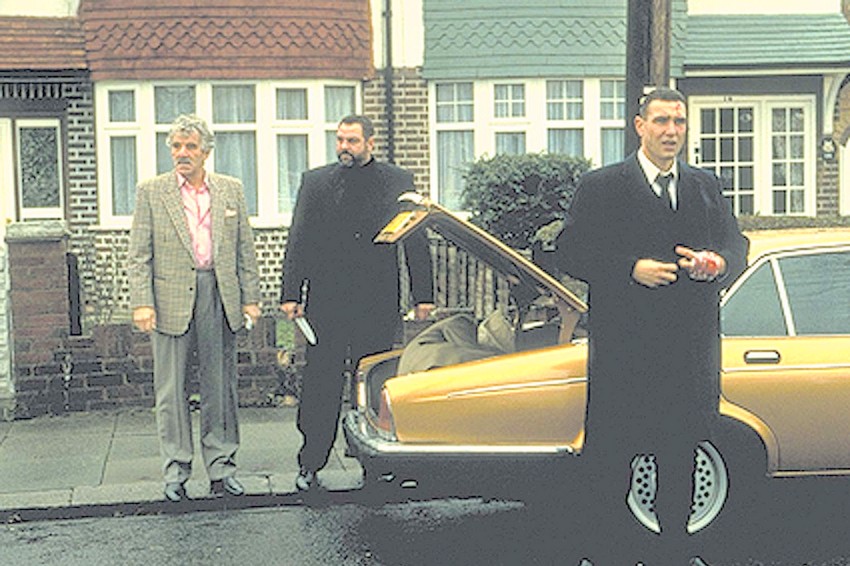
The Blockbuster Era: Crime Films of the 1980s and 1990s
The 1980s and 1990s marked a significant shift in crime and gangster films, with the rise of high-octane action and sleek, stylish cinematography. This era saw the emergence of iconic films that redefined the portrayal of crime on screen, captivating audiences with their intense storytelling and visually stunning sequences.
The Rise of High-Octane Action
Crime films of the 1980s and 1990s were characterized by adrenaline-fueled action sequences, showcasing daring car chases, explosive shootouts, and heart-stopping stunts. Filmmakers embraced a more dynamic and fast-paced approach to storytelling, delivering an electrifying viewing experience that resonated with audiences seeking thrills and excitement.
Sleek and Stylish Cinematography
The visual aesthetics of crime films from this era were characterized by sleek and stylish cinematography, incorporating vibrant neon lights, urban landscapes, and dramatic camera angles. Directors and cinematographers embraced bold visual motifs, creating a distinct visual language that became synonymous with the genre.
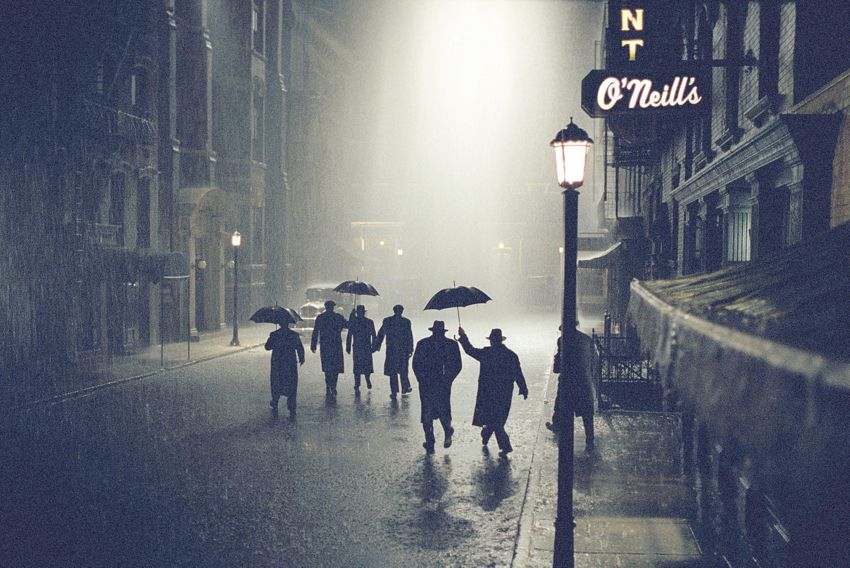
Modern Crime Cinema: Technology Meets Artistry
The evolution of cinematography in crime and gangster films has been greatly influenced by modern technological advancements, blending the art of storytelling with cutting-edge tools. The marriage of technology and artistry has brought about a transformation in the portrayal of crime and gangster narratives on the silver screen. Let’s explore how the digital revolution, drones, GoPros, and the new eye in the sky have reshaped modern crime cinema.
Digital Revolution
The digital revolution has led to a significant shift in the way crime and gangster films are shot and produced. Advancements in digital cameras, high-resolution sensors, and post-production software have empowered filmmakers to capture intricate details and create visually striking scenes. This technological leap has enabled directors to experiment with diverse visual styles, from gritty urban landscapes to sleek, neon-lit cityscapes.
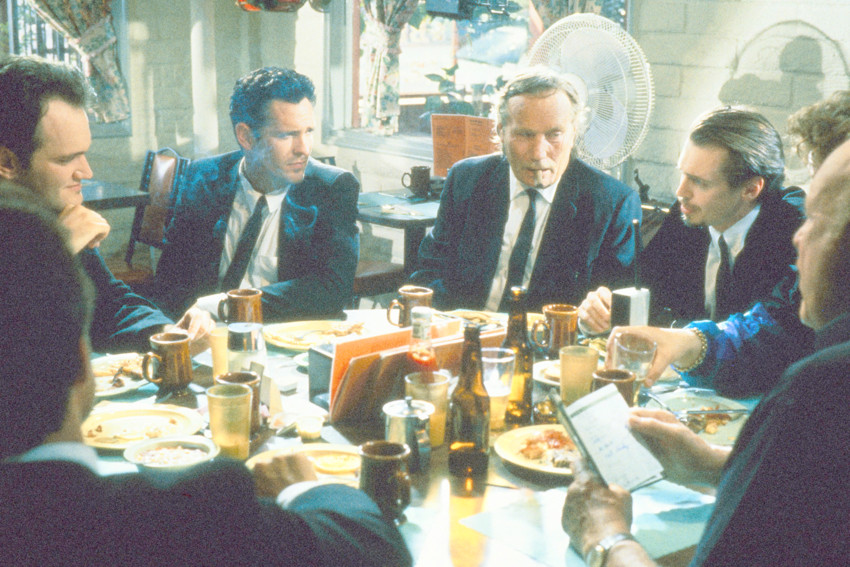
Drones
The integration of drones in cinematography has revolutionized aerial shots in crime cinema, offering breathtaking perspectives and dynamic tracking shots. Drones provide filmmakers with the ability to capture sweeping overhead views of urban landscapes, pursue thrilling chase sequences, and immerse audiences in the clandestine worlds of crime and gangsters from previously inaccessible angles.

GoPros and the New Eye in the Sky
GoPros have emerged as versatile tools in modern crime cinema, enabling filmmakers to capture intense, close-up action sequences and immersive point-of-view shots. Combined with the innovative use of aerial shots, GoPros provide a visceral and engaging visual experience for the audience, plunging them into the heart of criminal activities and high-stakes confrontations.
The convergence of these technological advancements has elevated the visual storytelling of crime and gangster films, amplifying the immersive experience for viewers. As technology continues to evolve, it will undoubtedly shape the future of crime cinema, blurring the lines between reality and fiction in unprecedented ways.
The Influence of International Cinema
Cinema is a universal language that transcends borders, and foreign films play a crucial role in shaping the global film landscape. They offer a captivating window into different cultures, perspectives, and storytelling traditions, transporting audiences to far-off lands and igniting curiosity about the world beyond their own. Here, we delve into the influence of international cinema, focusing on the unique aesthetics of Asian cinema and the timeless elegance of European films.
Asian Aesthetics
Asian cinema boasts a rich tapestry of visual and narrative styles that have left an indelible mark on the global film industry. From the sweeping landscapes of Akira Kurosawa’s samurai epics to the mesmerizing choreography of Hong Kong martial arts films, Asian filmmakers have infused their works with a distinct cinematic flair. The use of vibrant colors, dynamic camera movements, and symbolic imagery contributes to the immersive and visually stunning nature of Asian cinema. This aesthetic allure has captivated audiences worldwide, inspiring filmmakers across the globe and influencing the evolution of cinematography techniques.
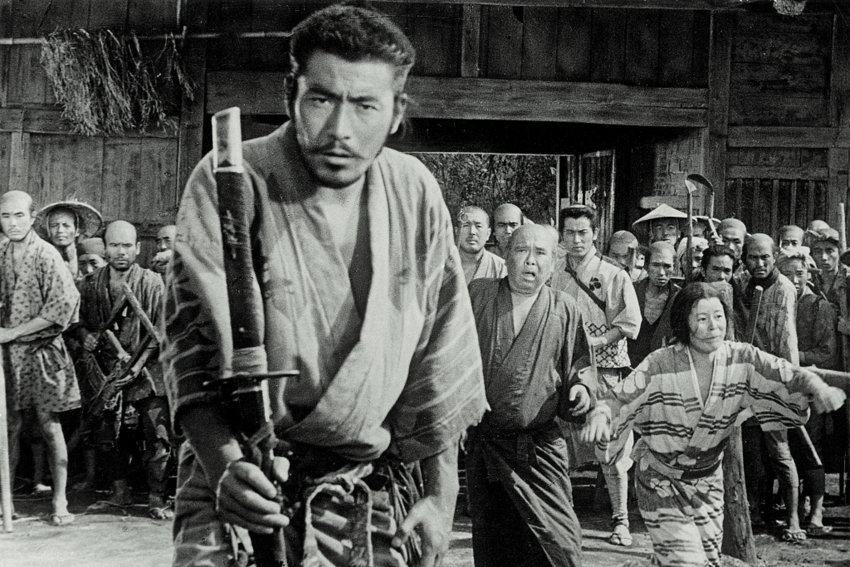
European Elegance
European cinema exudes a timeless elegance and artistic sophistication that has resonated with audiences for generations. From the evocative black-and-white imagery of Italian neorealism to the sumptuous visuals of French New Wave cinema, European filmmakers have crafted a visual language that is both poetic and profound. The meticulous attention to composition, lighting, and framing in European films has set a standard for cinematic beauty, inspiring filmmakers worldwide to embrace a more nuanced approach to visual storytelling. The influence of European elegance can be observed in the meticulous cinematography of contemporary crime and gangster films, enriching the genre with a sense of artistry and refinement.
The visual allure and storytelling prowess of Asian and European cinema continue to shape the evolution of cinematography techniques in crime and gangster films, offering a rich tapestry of inspiration for filmmakers seeking to push the boundaries of visual storytelling.
Genre Blending: When Crime Meets Other Worlds
In the world of cinema, boundaries are constantly pushed and genres are frequently combined to offer audiences fresh, innovative experiences. When it comes to crime and gangster films, the blending of genres has resulted in some truly captivating and unexpected narratives. Let’s explore how crime meets other worlds through comedy-crime crossovers and the intriguing intersection of superheroes and gangsters.
Comedy-Crime Crossovers
Comedy-crime crossovers have carved out their own unique niche in the film industry, offering a delightful blend of suspense and humor. These films inject levity into the traditionally gritty world of crime, offering audiences a refreshing take on the genre. From classic capers to contemporary comedies, the merging of crime and humor has given rise to iconic films that have left a lasting impact on cinema.
In these films, the tension of criminal undertakings is accompanied by comedic relief, creating a dynamic and engaging viewing experience. Whether it’s the bumbling antics of amateur thieves or the witty banter among a group of heist planners, comedy-crime crossovers offer a lighthearted twist on the traditional crime narrative.
The Superhero and the Gangster
The intersection of superheroes and gangsters has become an increasingly popular theme in modern cinema. As the worlds of crime and vigilante justice collide, audiences are presented with complex narratives that explore the blurred lines between law enforcement and vigilantism. These narratives often delve into the moral ambiguity of justice, posing thought-provoking questions about the nature of heroism and villainy.
In these films, the iconic struggle between good and evil is reimagined within the context of organized crime, adding layers of depth and intrigue to traditional superhero narratives. The presence of gangsters as formidable adversaries to superheroes introduces a compelling dynamic that challenges the conventional duality of hero versus villain.
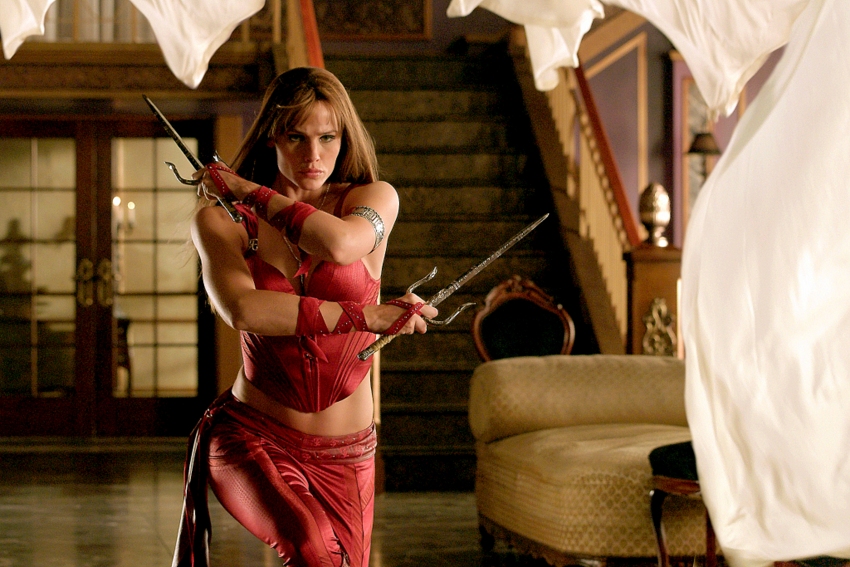
The Role of Cinematography in Storytelling
Cinematography plays a pivotal role in shaping the narrative and atmosphere of crime and gangster films. Through visual metaphors and motifs, cinematographers effectively communicate underlying themes and emotions, captivating the audience in a mesmerizing visual storytelling experience.
Visual Metaphors and Motifs in Crime Films
In crime films, cinematography is employed to convey symbolic visual metaphors that deepen the storytelling. For instance, the use of shadow and light can represent the moral ambiguity within the characters or the darkness lurking beneath the façade of society. Additionally, recurring motifs such as surveillance cameras and cityscapes can evoke feelings of paranoia and urban decay, intensifying the narrative’s tension and complexity.
Setting the Tone
Through the manipulation of camera angles, lighting, and color palettes, cinematographers set the tone and mood of crime films. For instance, high-contrast lighting and low angles can infuse scenes with a sense of foreboding and dominance, while desaturated colors may convey the bleakness and grittiness of the criminal underworld. These deliberate visual choices immerse the audience in the film’s narrative, evoking visceral emotional responses and enhancing the overall storytelling experience.
In crafting crime and gangster films, cinematography serves as a powerful tool for weaving intricate narratives and evoking intense emotions, ultimately enriching the storytelling experience for viewers.
Next, we will delve into the Evolution of Crime and Gangster Film Soundtracks. Stay tuned for the next section!
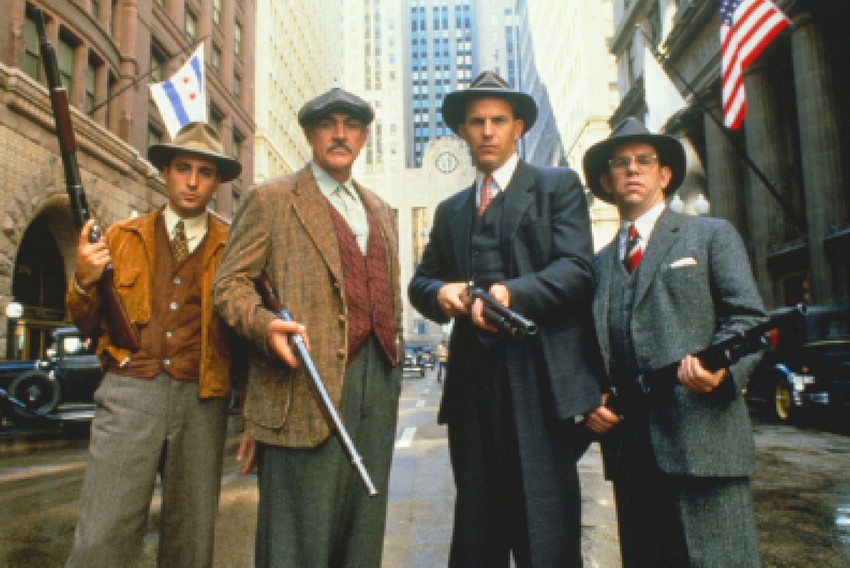
The Future of Cinematography in Crime Films
The Next Frontier.
In the realm of crime films, the next frontier in cinematography lies in the utilization of advanced technology to create immersive visual experiences. With the continuous evolution of digital filmmaking, cinematographers are venturing into uncharted territories, exploring innovative techniques to capture the essence of crime narratives. This shift entails the integration of cutting-edge camera equipment, such as 360-degree cameras and drones, to convey a heightened sense of realism and intrigue. As filmmakers push the boundaries of creativity, the next frontier in cinematography for crime films will undoubtedly result in a new era of visually stimulating storytelling.
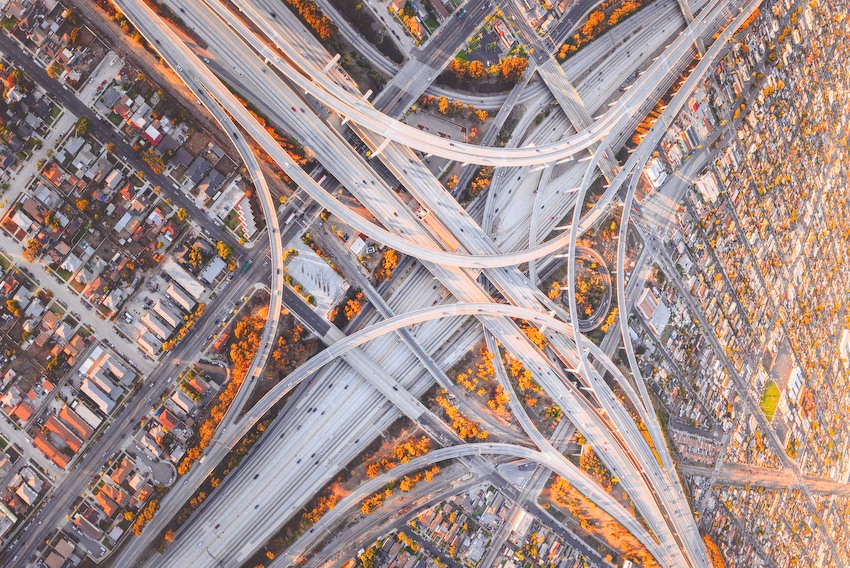
Predictions and Upcoming Innovations in Crime Film Making
Looking ahead, the future of cinematography in crime films is poised to witness a surge in virtual production techniques, enabling filmmakers to construct intricate, lifelike environments with unprecedented flexibility and efficiency. This approach forecasts a significant departure from conventional on-location shooting, as digital backdrops and environments become seamlessly integrated into the filmmaking process. Furthermore, advancements in augmented reality (AR) and virtual reality (VR) are anticipated to revolutionize the visualization of crime narratives, empowering audiences to immerse themselves in the intricate details of criminal landscapes with unparalleled depth and engagement.
With an eye toward the future, cinematographers are also anticipated to explore the realm of artificial intelligence (AI) for scene composition and dynamic visual sequencing. By harnessing AI-assisted cinematography, filmmakers can intricately choreograph complex crime scenes and action sequences with precision, fostering a new wave of captivating storytelling. This amalgamation of technological prowess and artistic innovation promises to redefine the cinematic landscape of crime films, ushering in an era of unparalleled visual ingenuity and narrative immersion.
Conclusion
In conclusion, the evolution of cinematography techniques in crime and gangster films during the Great Depression reflected societal fears and the decay of traditional values. These films portrayed anti-heroes rising through the ranks of organized crime, challenging authority, and depicting the deterioration of law enforcement. The controversial nature of these films led to pressure from religious and law enforcement groups, ultimately resulting in the enforcement of the Production Code to regulate movie violence. The impact of these early gangster films on American cinema and society is undeniable, shaping the portrayal of crime and morality for years to come.
Did this press release inform you? Would you like to comment on “THE ARTICLE”? If you do, we would respond. Do let us know your thoughts if you have any suggestions. So hit us up on Facebook, Instagram! or Twitter.
INDIE ACTIVITIES
Apple TV picks up “Dismissed” by Aysha Scott After it Hit a Million Views
Single mother entrepreneur from South-East London, built up an empire from scratch.
MOEDER Oscar® Qualified Drama Based on MH17 Airline Disaster
OSCAR® Qualified MOEDER tells a story tragedy on the Ukrainian-Russian border
Nate & John Oscar® qualified Animation Short Directed by Jumai Yusuf
NATE & JOHN heartwarming animation short qualifies for the 97th Academy® Awards
Dreama Team by Chad Weber & Steve Vanderheide Acquired by Freestyle for November Release
Feature Documentary Dreama Walton Sets Digital Debut for Global VOD Platforms and on DVD on Nov 1, 2024
LGBTQ+ Film, “Muscat” by Philippe Grenier Qualified the Oscars®
Muscat is an audacious exploration of a young boy confronted with the discovery of his identity






